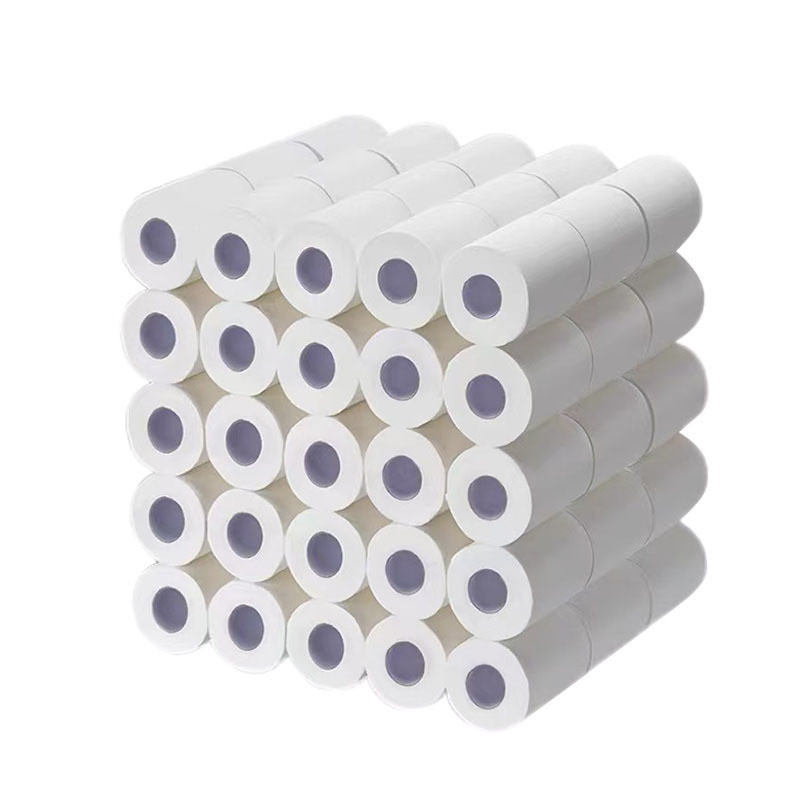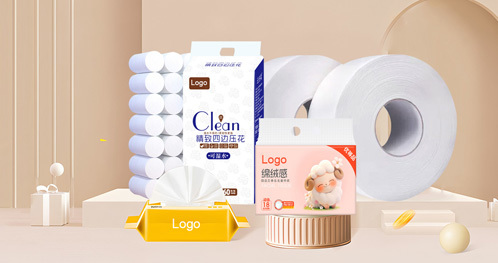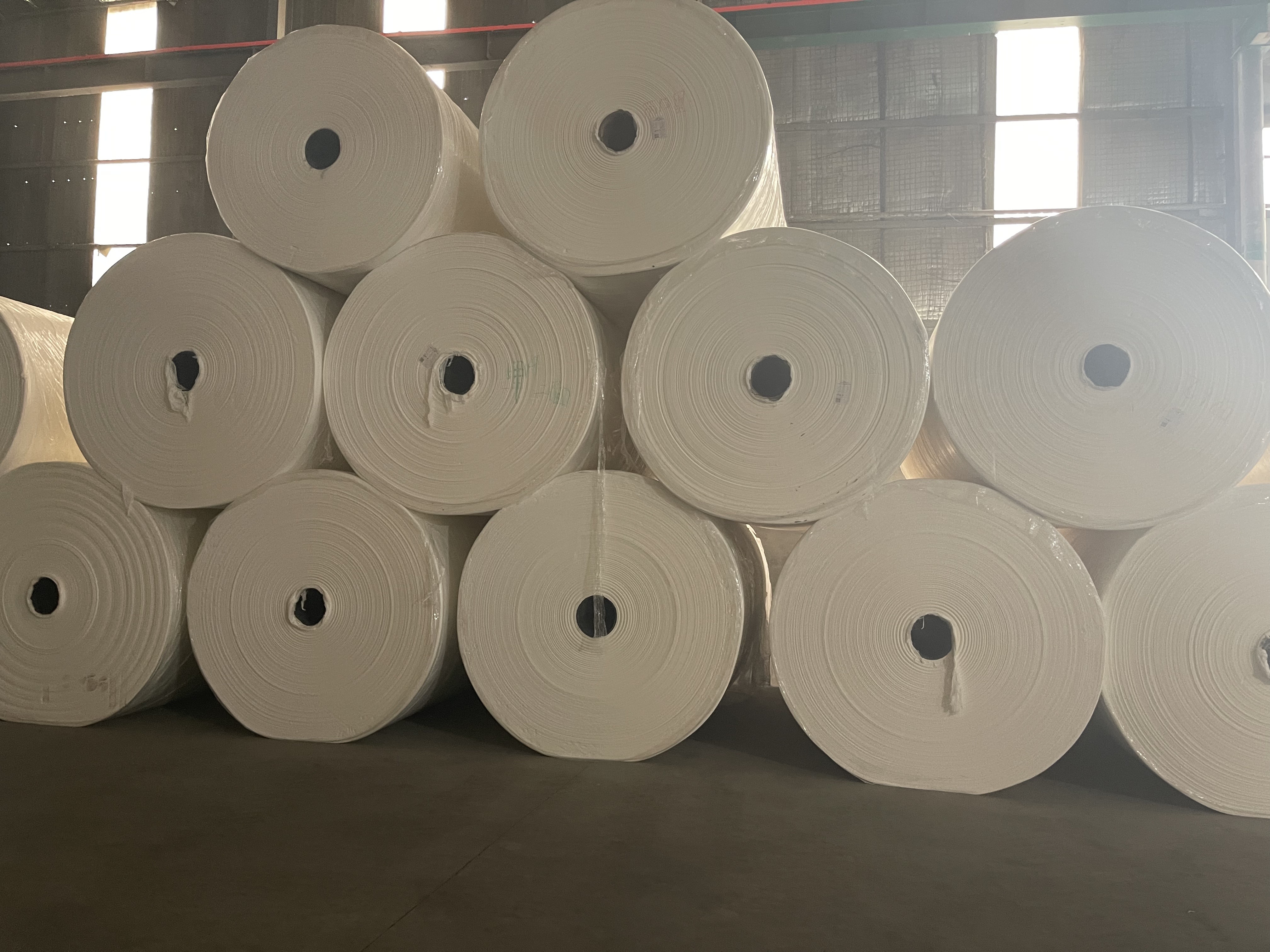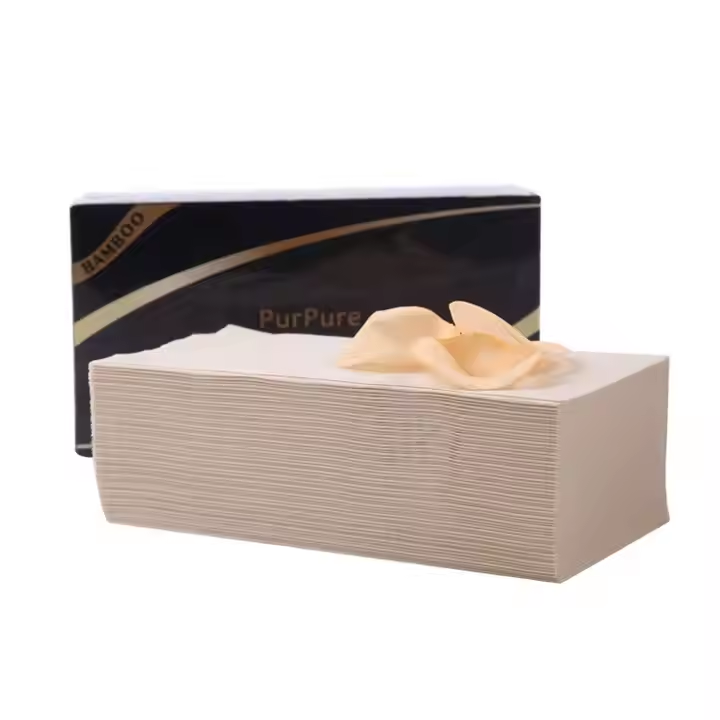Baoding Jinqianhui Trading Co., LTD. - Manufacturer of sanitary Paper
From Forest to Toilet: The Comprehensive Journey of Virgin Wood Pulp Toilet Paper
Oct 13,2025

From Forest to Toilet: The Comprehensive Journey of Virgin Wood Pulp Toilet Paper
Table of Contents
- 1. Introduction to Virgin Wood Pulp Toilet Paper
- 2. The Importance of Sustainable Sourcing
- 3. Understanding Wood Pulp: Types and Sources
- 4. The Manufacturing Process of Toilet Paper
- 5. The Environmental Impact of Toilet Paper Production
- 6. Benefits of Choosing Virgin Wood Pulp Toilet Paper
- 7. Eco-Friendly Alternatives and Innovations
- 8. Frequently Asked Questions
- 9. Conclusion
1. Introduction to Virgin Wood Pulp Toilet Paper
Toilet paper is an essential item in every household. Among the various types available, **virgin wood pulp toilet paper** stands out for its softness and absorbency. This article will take you on an enlightening journey detailing how virgin wood pulp is transformed from trees in forests to the toilet paper you find in your bathroom. We will explore every step of this process while emphasizing sustainability and eco-friendliness.
2. The Importance of Sustainable Sourcing
Sustainability is a crucial aspect of modern production, and it starts with the sourcing of raw materials. Virgin wood pulp is derived from trees, primarily softwoods like pine, which are grown specifically for paper production. Sustainable forestry practices ensure that these trees are harvested in a manner that does not deplete forests or harm ecosystems.
**Key points of sustainable sourcing include:**
- **Replanting:** For every tree harvested, several trees are often planted to maintain forest coverage.
- **Biodiversity Protection:** Sustainable forestry practices focus on preserving biodiversity and preventing habitat destruction.
- **Reduced Carbon Footprint:** Healthy forests absorb carbon dioxide; sustainable practices help maintain this vital ecological service.
3. Understanding Wood Pulp: Types and Sources
Wood pulp is categorized into two main types: **virgin pulp** and **recycled pulp**. Virgin pulp comes from freshly harvested trees, while recycled pulp is sourced from used paper products. Understanding the differences between these types helps consumers make informed choices.
**Sources of Virgin Wood Pulp:**
- **Softwood Trees:** Often used for their long fibers, which provide strength and absorbency.
- **Hardwood Trees:** Occasionally combined with softwoods for specific characteristics in the final product.
Each type of pulp has its place in the production process, and the choice of wood impacts the quality of the toilet paper.
4. The Manufacturing Process of Toilet Paper
The journey from forest to toilet involves several critical stages of manufacturing:
**1. Harvesting and Debarking:** Trees are harvested and stripped of their bark.
**2. Chipping:** The wood is then chipped into small pieces to facilitate the pulping process.
**3. Pulping:** The wood chips are cooked with chemicals to produce wood pulp. This step separates the cellulose fibers from lignin, a natural binding agent.
**4. Bleaching:** The pulp is often bleached to achieve the desired whiteness. Eco-friendly methods utilize oxygen or chlorine dioxide instead of harmful chemicals.
**5. Sheet Formation:** The pulp is diluted with water and spread out to form sheets. These sheets are pressed to remove excess water and then dried.
**6. Rolling and Packaging:** The dried sheets are rolled into large rolls and cut into consumer-sized rolls for packaging.
Each step is essential to ensure that the final product is soft, strong, and ready for consumer use.
5. The Environmental Impact of Toilet Paper Production
The production of toilet paper can have significant environmental impacts, including deforestation, water consumption, and pollution. **Understanding these impacts allows consumers to make more eco-conscious choices.**
**Deforestation**: Unsustainable practices can lead to deforestation, reducing biodiversity and contributing to climate change.
**Water Usage**: The manufacturing process can consume large amounts of water, stressing local water supplies.
**Pollution**: Chemicals used in pulping and bleaching can pollute waterways if not managed properly.
By choosing products made from sustainably sourced virgin wood pulp, consumers can help mitigate these effects.
6. Benefits of Choosing Virgin Wood Pulp Toilet Paper
Opting for virgin wood pulp toilet paper offers several advantages:
**1. Softness and Comfort:** Virgin wood pulp toilet paper is often softer and more comfortable than recycled options, making it a preferred choice for many consumers.
**2. Absorbency:** The fibers in virgin pulp provide superior absorbency, contributing to a more effective cleaning experience.
**3. Strength:** Virgin wood pulp produces stronger toilet paper, reducing the likelihood of tearing during use.
**4. Sustainability:** When sourced sustainably, virgin wood pulp can be an eco-friendly option that supports responsible forestry practices.
Each of these benefits enhances the overall consumer experience, making virgin wood pulp toilet paper a leading choice for households.
7. Eco-Friendly Alternatives and Innovations
While virgin wood pulp toilet paper has its advantages, there are also several eco-friendly alternatives worth considering:
**1. Recycled Toilet Paper:** Made from post-consumer waste, recycled toilet paper requires fewer resources and helps reduce landfill waste.
**2. Bamboo Toilet Paper:** Bamboo grows rapidly and can be harvested sustainably, making it an environmentally friendly alternative.
**3. Tree-Free Options:** Some brands are now producing toilet paper from materials such as hemp or agricultural residues, offering a unique twist on traditional products.
Innovations in the toilet paper industry continue to evolve, providing consumers with more options that align with their values.
8. Frequently Asked Questions
**Q1: What is virgin wood pulp?**
A1: Virgin wood pulp is derived from newly harvested trees, providing high-quality fibers for paper products.
**Q2: Is virgin wood pulp toilet paper eco-friendly?**
A2: When sourced sustainably, virgin wood pulp toilet paper can be eco-friendly, promoting responsible forestry.
**Q3: What are the benefits of using recycled toilet paper?**
A3: Recycled toilet paper reduces waste, requires fewer resources, and has a lower environmental impact than virgin alternatives.
**Q4: How can I identify sustainable toilet paper products?**
A4: Look for certifications like FSC (Forest Stewardship Council) or SFI (Sustainable Forestry Initiative) on packaging.
**Q5: Are there alternatives to traditional toilet paper?**
A5: Yes, options like bamboo toilet paper and tree-free varieties provide sustainable alternatives.
9. Conclusion
The journey of virgin wood pulp toilet paper from forest to toilet is complex and multifaceted. By understanding the sustainable practices involved in sourcing and manufacturing, consumers can make informed choices. Selecting toilet paper made from responsibly sourced virgin wood pulp can contribute to a healthier planet while enjoying the benefits of a high-quality product. As awareness of environmental issues continues to grow, the demand for sustainable options in everyday items, like toilet paper, will likely increase, encouraging companies to innovate and improve their practices further.
TAG:
Contact Us
E-mail :
info@jqhpaper.com
WhatsApp/Phone:
+86 17332271275
Address:
Huibo Shanggu Pass, Baoding City,China






